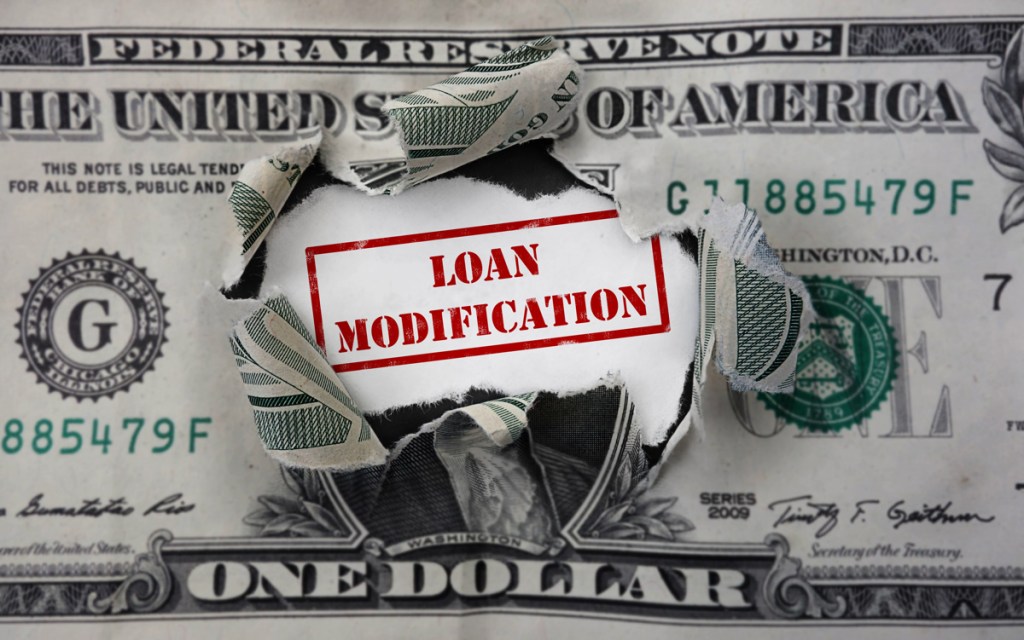Forbearance exits, measuring how many borrowers cancelled agreements to suspend mortgage payments, rose to a one-month high in September’s first week. This was led by a surge in loan modifications, according to a report from the Mortgage Bankers Association on Monday.
Total exits from forbearance rose to 0.23% of servicers’ portfolios in the first week of September, almost double the 0.14% in the prior week, MBA said.
About 9.48% of forbearance exits were due to mortgages being modified by servicers, meaning the terms of the loan were permanently altered and the borrower was brought current. A week earlier, modifications were cited for 6.56% of mortgages that exited forbearance, the MBA report said.
The overall share of mortgages in forbearance fell to 7.01% of servicers’ portfolios, down from 7.16% in the prior week, MBA said. About 3.5 million homeowners are in forbearance plans.
The share of Fannie Mae and Freddie Mac loans in forbearance dropped 15 basis points from the prior week to 4.65%. Ginnie Mae loans in forbearance, primarily mortgages backed by the Federal Housing Administration and the Veterans Administration, fell 50 basis points to 9.12%, while the forbearance share for portfolio loans and private-label securities increased by 28 basis points to 10.71%.
“At least a portion of the decline in the Ginnie Mae share was due to servicers buying delinquent loans out of pools and placing them on their portfolios,” said Mike Fratantoni, MBA’s chief economist.
The CARES Act passed by Congress at the end of March gave mortgage borrowers the right to up to 12 months of forbearance without being dinged on their credit reports. All a borrower with a government-backed loan has to do is attest to having a financial difficulty caused by the pandemic.
The volume of calls from mortgage borrowers to the servicers handling their home loans jumped to 8.7% from 7.2% in the prior week, the MBA report said.
The average speed to answer a call rose to 3.3 minutes from 2.4 minutes, and the abandonment rate measuring the share of callers who hung up without speaking to a customer servicer representative rose to 7.3% from 5.1%.






